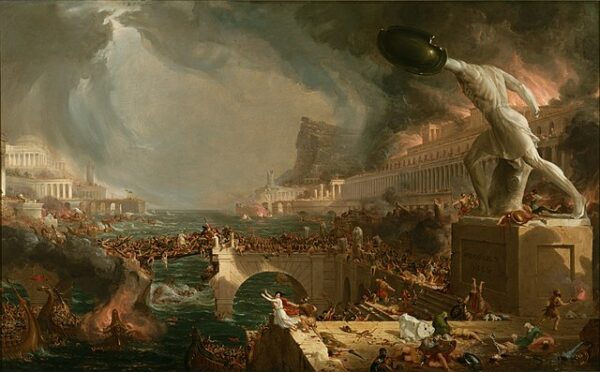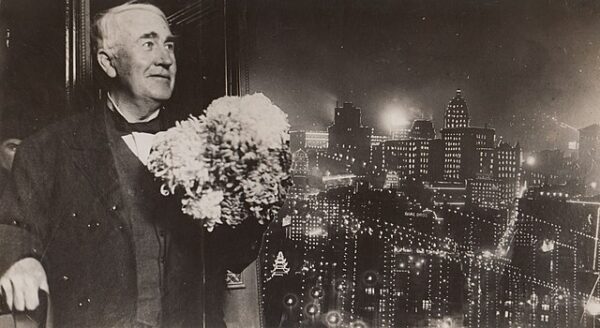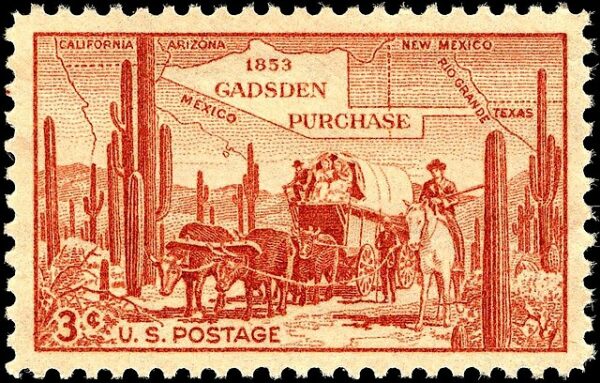On September 4, 476 AD, a defining moment in history marked the end of the Western Roman Empire—a political entity that had dominated the Mediterranean world for centuries. This date saw the deposition of Romulus Augustulus, the last Roman emperor of the West, by the Germanic chieftain Odoacer, who declared himself “King of Italy.” This event, though seemingly minor at the time, symbolized the final collapse of the ancient Roman state in the West, ushering in a new era that historians often refer to as the beginning of the Middle Ages.
Romulus Augustulus, whose name evoked memories of Rome’s legendary founder and its first emperor, was ironically a mere boy when he ascended to the imperial throne in 475 AD. His reign, however, was largely nominal, as real power lay with his father, Flavius Orestes, a former secretary to the powerful Attila the Hun. Orestes had managed to place his son on the throne after rebelling against the reigning emperor, Julius Nepos, but his victory was short-lived. Romulus, though given the title of Augustus, was often derisively called “Augustulus,” meaning “little Augustus,” reflecting both his youth and the diminutive nature of his authority.
The Western Roman Empire by this time was a shadow of its former self, crippled by internal strife, economic instability, and the relentless pressure of barbarian invasions. The empire’s borders had been eroded over the preceding decades, with provinces like Britain, Gaul, and Spain falling into the hands of various Germanic tribes. The city of Rome itself had been sacked twice in the fifth century—first by the Visigoths in 410 and later by the Vandals in 455. The once-mighty empire had been reduced to little more than a collection of territories in Italy and parts of Gaul.
Odoacer, a leader of the foederati—Germanic mercenaries who had been settled in Roman territory and were ostensibly loyal to the empire—seized the opportunity to capitalize on the empire’s weakness. In August 476, Odoacer led a rebellion against Orestes, quickly defeating him and capturing the city of Ravenna, which had served as the imperial capital since the early fifth century. Orestes was executed, and Romulus Augustulus was forced to abdicate on September 4, 476.
Instead of claiming the title of emperor, Odoacer took the more modest title of “King of Italy.” He sent the imperial regalia to Constantinople, the capital of the Eastern Roman Empire, with a message to Emperor Zeno that the West no longer required a separate emperor. Odoacer’s actions effectively dissolved the Western Roman Empire, though he maintained a degree of nominal loyalty to the Eastern Emperor, ruling Italy as a patrician under Zeno’s authority.
Romulus Augustulus, now a deposed ruler, was spared the usual fate of fallen emperors—execution or exile. Instead, Odoacer allowed him to live in relative comfort in the region of Campania, providing him with a pension and a villa. Little is known about the remainder of Romulus’s life, and he eventually faded into obscurity, a forgotten figure in the annals of history.
The fall of Romulus Augustulus and the rise of Odoacer did not immediately plunge the former Roman territories into chaos, but it did mark a significant transition. The Roman institutions that had once governed the Western world were replaced by a patchwork of barbarian kingdoms. The date of September 4, 476, became emblematic of the end of ancient Rome and the beginning of a new chapter in European history—a chapter that would see the fusion of Roman, Christian, and Germanic cultures in what would eventually become medieval Europe.






